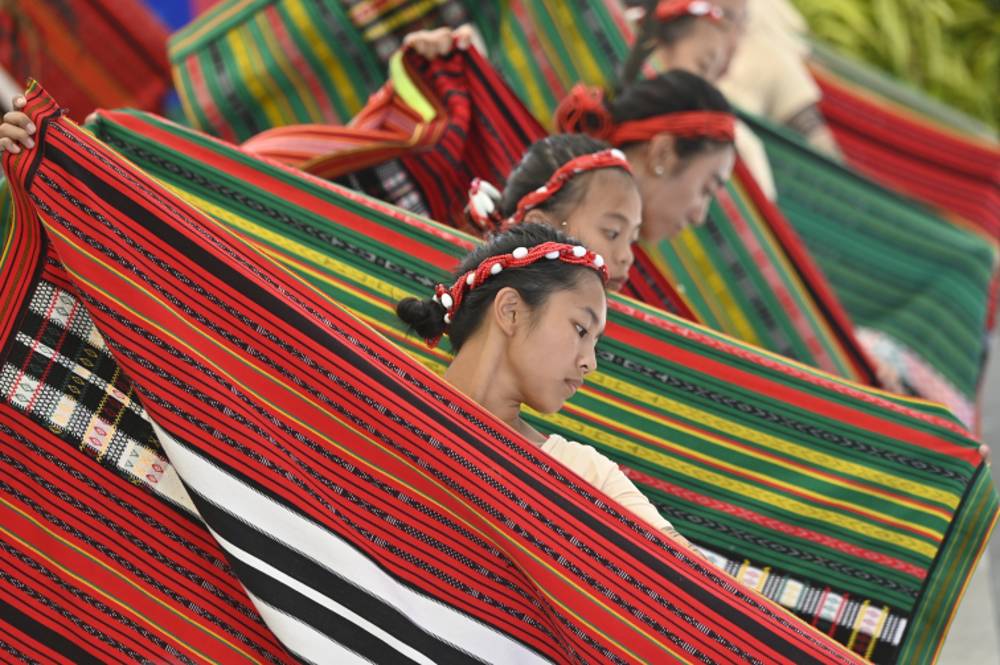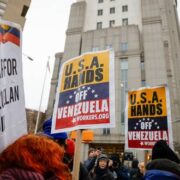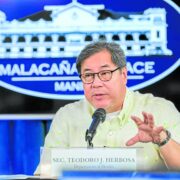DTI to pick 60 cities, use plazas as art, trade hubs

BAGUIO CITY—Public plazas across the country will be redeveloped into “creative public spaces” in a new government initiative where artistry, craftsmanship and the entrepreneurial spirit can intersect and flourish at the community level.
Speaking at a business expo held here on Tuesday, an official of the Department of Trade and Industry (DTI) said the upcoming program targets an initial batch of 60 cities, starting with the improvement of their plazas.
The aim is to transform them into conducive hubs for local talents in the arts, music, design and crafts, whether traditional or digital, contemporary or indigenous, where they can showcase or market their products and services.
Trade Undersecretary Rafaelita Aldaba announced the new thrust as she noted how the creative sector contributed P1.6 trillion in gross value added (GVA) to the economy in 2022, up by 6.8 percent from P1.47 trillion in 2019.
GVA refers to the value that producers have added to the goods and services they have bought.
The sector, also referred to as the creative economy, encompasses fields like design and fashion, architecture, advertising and marketing, digital interactive services and products, and the entertainment media.
Based on available data, these industries employ about 7.26 million in the country, said Aldaba, who represented the DTI’s competitiveness and innovation group at the opening of the two-day “Fiesta Haraya id Cordillera” expo on Oct. 29.

3 leading proponents
Aldaba also reported that three Philippine cities had emerged as lead advocates of the creative economy after being included as members of the World Network of Creative Cities by the United Nations Educational, Scientific and Cultural Organization (Unesco).
These are Baguio, which was conferred membership in 2017 because of its homegrown crafts and folk art; Cebu, which was included in 2019 for its thriving design scene; and Iloilo City, for its gastronomical tourism in 2023.
Creative cities are selected by Unesco based on their success in making the arts one of the major drivers of the local economy.
In 2018, indigenous craftsmen and artisans contributed 6.6 percent, or P6.651 billion, to the Cordillera’s gross regional domestic product of P308 billion, according to the 2021-2022 Baguio cultural report that measured the value of culture using Unesco tools.
Aldaba said the government was prepared to invest in the “modernization” of public plazas for this purpose, as she noted that many of them had fallen into neglect.

















